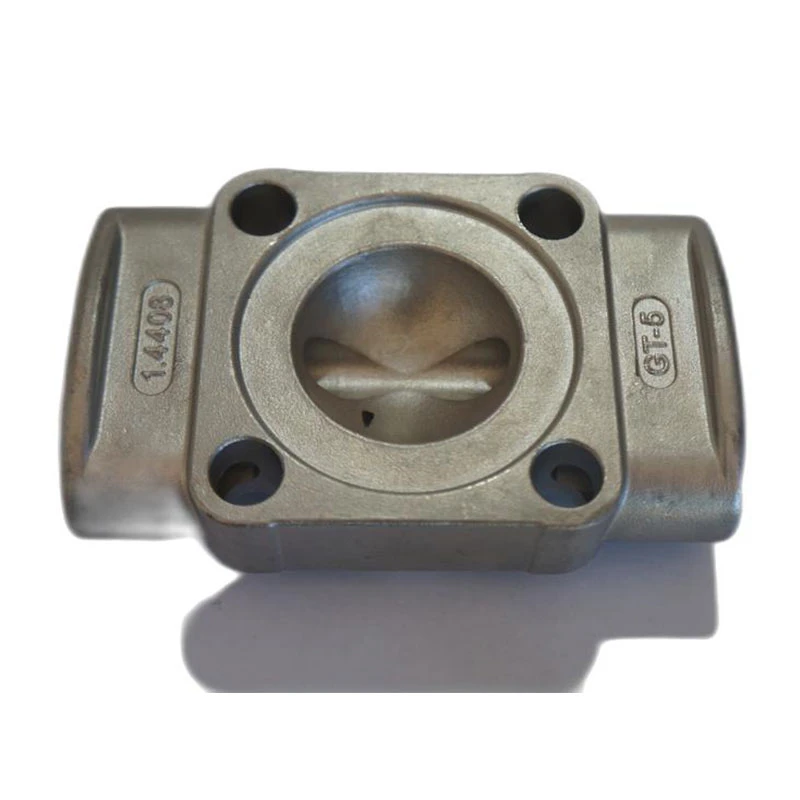casting aluminum
Casting Aluminum An Overview of Techniques and Applications
Aluminum casting is a vital process in the manufacturing industry, enabling the creation of complex parts with excellent strength-to-weight ratios. This versatile metal, known for its lightweight properties and resistance to corrosion, has become a preferred material across various sectors, including automotive, aerospace, and consumer goods. In this article, we will explore the different methods of aluminum casting, their advantages, and applications.
Aluminum Casting Techniques
1. Sand Casting One of the oldest and most widely used casting methods, sand casting involves creating a mold from a mixture of sand and clay. The aluminum is heated until molten and poured into the mold, which is then allowed to cool and solidify. This method is particularly advantageous for producing large parts and prototype components due to its low cost and flexibility in mold design. Sand casting can accommodate different shapes, making it suitable for both intricate designs and simple geometries.
2. Die Casting Die casting is a process where molten aluminum is injected under high pressure into a steel mold. This technique is renowned for its ability to produce parts with fine details and excellent surface finishes. Die casting is particularly efficient for high-volume production runs, as it reduces machining time and waste. However, die casting molds are expensive, making this method more suitable for mass production where initial costs can be amortized over a large number of parts.
3. Investment Casting Also known as lost-wax casting, investment casting involves creating a wax pattern, which is coated with a ceramic material to form a mold. Once the mold is heated, the wax melts away, leaving a cavity for the molten aluminum. This method is ideal for producing complex, high-precision parts with excellent dimensional accuracy. Investment casting is commonly used in industries requiring intricate shapes, such as aerospace and medical devices.
4. Permanent Mold Casting In this method, a reusable metal mold is used to create aluminum parts. The molten aluminum is poured into the mold and allowed to cool. Permanent mold casting provides better surface finishes and tighter tolerances compared to sand casting, making it suitable for a range of applications, particularly where strength and durability are critical.
5. Tilt Pour Casting This innovative casting technique involves tilting the mold to pour molten aluminum at an angle, which helps minimize defects such as air entrapment and ensures uniform filling of the mold. It is particularly beneficial for casting large, heavy components where traditional pouring methods may lead to quality issues.
casting aluminum

Advantages of Aluminum Casting
Aluminum casting offers numerous benefits over other manufacturing processes. Firstly, the strength-to-weight ratio of aluminum makes it an ideal choice for applications where reducing weight is crucial, such as in the automotive and aerospace industries. Additionally, aluminum's excellent corrosion resistance enhances the longevity and reliability of cast components.
Moreover, casting allows for a variety of intricate designs that would be challenging to achieve through other methods, such as machining. The ability to produce complex geometries without extensive machining reduces production time and costs. The versatility of aluminum casting methods further enables manufacturers to tailor their processes to meet specific requirements, whether in terms of volume, precision, or material properties.
Applications of Aluminum Casting
The applications of aluminum casting are vast and diverse. In the automotive industry, cast aluminum components are used for engine blocks, transmission cases, and wheels, helping to improve fuel efficiency and vehicle performance. The aerospace sector utilizes aluminum castings for structural components, ensuring that parts are lightweight yet strong.
In consumer goods, aluminum casting is employed in creating kitchenware, electronics casings, and decorative items. Its aesthetic appeal and functional properties make it a preferred choice in many products. Additionally, the construction industry leverages aluminum casting for architectural features, window frames, and structural supports due to their durability and resistance to environmental factors.
In conclusion, aluminum casting is an essential manufacturing process that offers a combination of versatility, efficiency, and durability. As industries continue to prioritize lightweight materials and complex designs, the demand for aluminum casting will likely remain strong, driving innovations and advancements in casting technologies.
-
OEM Sand Cast Pump Valve Fittings - Baoding Hairun | Precision Engineering, CustomizableNewsJul.30,2025
-
OEM Sand Cast Pump Valve Fittings - Baoding Hairun Machinery And Equipment Trading Co., Ltd.NewsJul.30,2025
-
OEM Sand Cast Pump Valve Fittings - Baoding Hairun Machinery And Equipment Trading Co., Ltd.NewsJul.30,2025
-
OEM Sand Cast Pump Valve Fittings - Baoding Hairun Machinery|Precision Engineering&Fluid ControlNewsJul.30,2025
-
OEM Sand Cast Pump Valve Fittings - Baoding Hairun Machinery And Equipment Trading Co., Ltd.NewsJul.30,2025
-
OEM Sand Cast Pump Valve Fittings-Baoding Hairun Machinery And Equipment Trading Co., Ltd.NewsJul.30,2025















